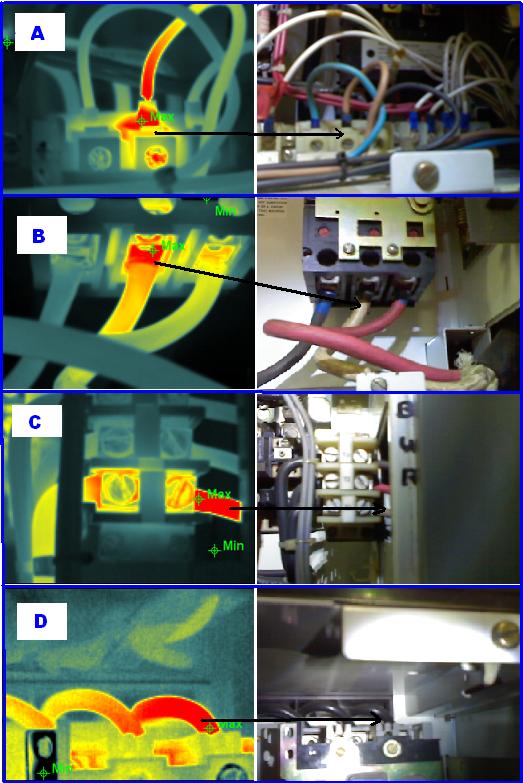We have built a strong & credible name in the NZ house inspection & infrared thermal imaging industry over the years. If fact, Google have placed us as #1 in their rankings for the above topics… hence why you have landed on the most comprehensive leaky building inspection website in NZ.
We have uploaded a recent recording of an advertorial we recently did on Newstalk ZB so you can put a ‘voice’ to our name:
Listen Here (Runs for 1.5 minutes)
We have been thermal imaging houses for years, and also offering leak detection services for those home owners who have a leak they can’t find, or are worried they could potentially buy themselves a home with leaking problems.
Call us first… you’ll get the best quote, prompt service, and most importantly – experience. We offer guaranteed free quotes over the phone! (Our quotes don’t change once we turn up to the job).
========================
Even Newstalk ZB’s DIY Home Renovation Expert Peter Wolfkamp Has Used Our Services, and Recommends Us Live Online – Listen Here (Runs for 30 seconds)
========================












